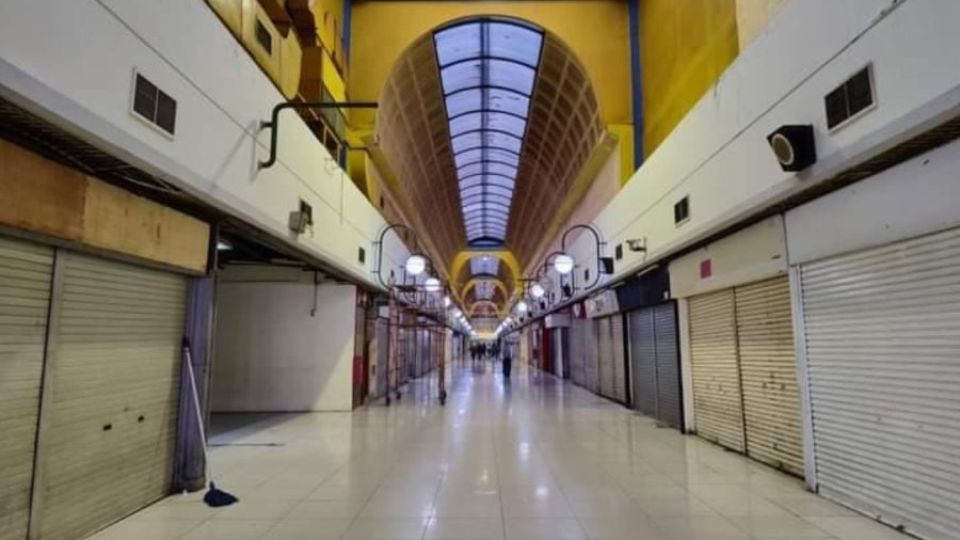July 17, 2023
JAKARTA – Jakartans have long been predicting the demise of many of the city’s aging shopping malls, but a select few are working to defy their bleak prognoses and take out a new lease on life, despite today’s harsh brick-and-mortar retail realities.
In recent years, Jakarta’s malls have contended with the COVID-19 economic slowdown, a steady increase in online shopping and the triumph of food delivery services, changes that have left many once bustling shopping centers deserted.
Nonetheless, the loyalty of long-term customers has kept some malls alive, as they evoke “certain memories for each individual”, according to Nidia Ichsan, general manager at Lippo Malls Indonesia, one of the biggest mall operators in the country.
She cited Gajah Mada Plaza, one of the oldest malls in the capital. Despite its age, the mall had “a high number of loyal tenants and customers”, Nidia told The Jakarta Post on Friday.
She said some tenants had refused to move for planned renovations, even after the firm had raised the rent, because of their fondness for the space. Ultimately, the mall was renovated in stages, without ever closing its doors.
Having opened in the 1980s, Gajah Mada Plaza was a jewel in its time, especially in the era of Ratu Plaza and the Jayakarta Hotel, which were both built around that time.
The mall hosted the snooker and billiards events for the 1985 National Games (PON) and the 1987 Southeast Asian Games (SEA Games), according to a blog called SGPC.
Jakartans have long predicted the demise of Plaza Semanggi as well, which is also operated by Lippo Malls Indonesia.
“We’ve noticed that people call [Plaza Semanggi] a dying mall, [but it’s] not dead dead,” Nidia said, implying it was not dead for good.
Plaza Semanggi’s case was more complex, she explained, as renovating the mall alone would not be enough to guarantee its survival amid the onslaught of new malls in the vicinity, even though it had been a top destination in the past.
In order to get back in the game, Lippo needed to solve a few issues, Nidia said. Leaseback arrangements would be necessary for certain parts of the complex and the mall’s future redesign had to fit with the “rapidly changing trends in society and the strategic location of the mall”.
Hermawan Wijaya, director of large mall operator Bumi Serpong Damai, discussed the situation of another supposedly dying mall: Epicentrum Walk.
“We acquired the mall to elevate [the nearby apartment complex] The Element,” Hermawan said on Monday, adding that the mall catered mostly to the needs of people who lived and worked in the area.
In 2014, the company regarded the area as strategic because of its proximity to offices and apartments.
Not dead yet
As of January of this year, Jakarta had 96 shopping centers, consisting of 76 shopping malls and 20 trade centers, according to the Indonesia Shopping Center Association (APPBI).
Firms say it is premature to write off some malls as dead. With the scarcity of public spaces in Jakarta, they say malls could be a “third place” alternative for the city’s inhabitants.
Indonesia Retail and Tenant Association (Hippindo) chairman Budiharjo Iduansjah said that in order to bring ailing malls back to life, they had to be “fully occupied” by tenants.
“Don’t ever let the mall be empty [of tenants],” he told the Post on Friday.
Budi encouraged mall operators to hold creative events and exhibitions to increase foot traffic.
He pointed to Taman Anggrek mall, which had gradually shed customers to new malls nearby, namely Central Park and Neo Soho, but was still able to bring in customers for large events, such as the opening of an exclusive art exhibition, Van Gogh Alive Jakarta.
“It’s been empty for a while, but with the exhibition, hopefully the mall and the tenants can earn a lot of revenue,” Budi said.
Lippo Malls’s Nidia noted that shopping centers needed to have strong design concepts amid the city’s stiff competition.
This included keeping up with prevailing trends, she said, particularly with millennials, who now represented the majority of mall-goers and were looking for places to be, not just things to buy.
While the solution for each mall might be different, developing a strong mixed tenancy formula to keep current would be crucial, Nidia said.
Cushman and Wakefield director and head of strategic consulting Arief Rahardjo concurred.
“A mall with a mixed tenancy concept that always follows the market trend shows a good traffic and occupancy level,” he said.
“The current trend of shopping centers is not only to function as a place to shop but also to [provide] new shopping experiences and at the same time recreation,” Arief told the Post on Friday, adding that these factors would affect people’s choices of whether to visit a particular mall.


